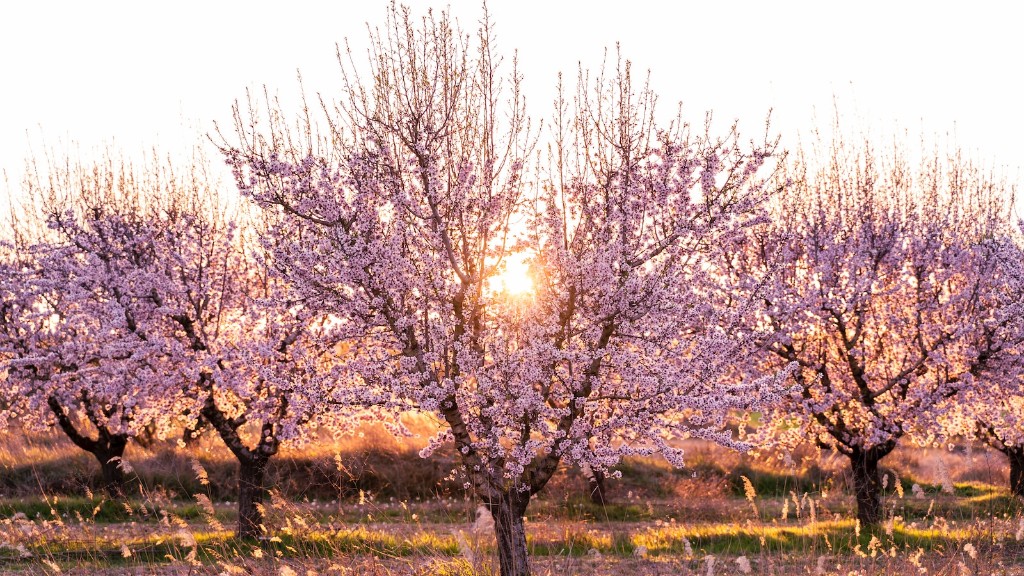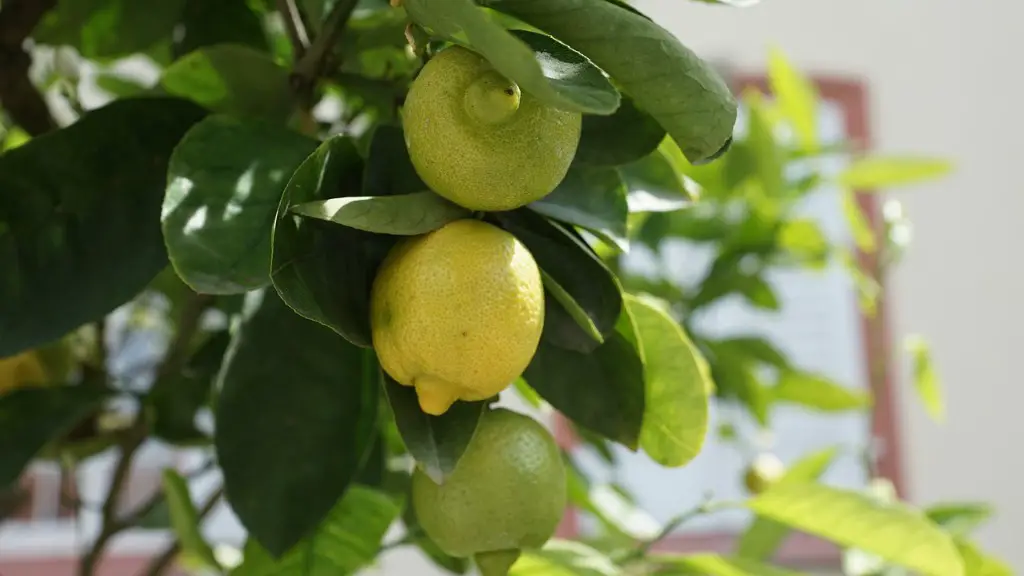Overview of Pollarding
Pollarding is a centuries old practice in tree maintenance which involves harvesting juvenile branches of trees and shrubs above ground level at regular intervals. This increases the longevity of a tree, allows for sustained architural aesthetics, and also discourages insect or fungal infestations. Historically, pollarding was carried out mainly for firewood, although in recent times it is performed mainly for horticultural purposes. The main types of Pollarding are coppicing and pollarding. Coppicing involves cutting the trees at ground level and allowing them to re-shoot; pollarding involves cutting the stems above the ground level, while leaving a head or poll.
Instructions for Pollarding Cherry Trees
Pollarding a cherry tree requires some effort, but with the right steps, it can be achieved successfully. The first step is to prepare the tree for pollarding by selecting branches with small diameters and removing any weak or diseased ones — these can be disposed of safely. When cutting the branches, it is important to use sharp clean pruning shears to create a clean cut. This will prevent water from entering the cut area and potentially causing rotting.
Once the majority of branches have been cut back to the desired height, it is important to shape the tree correctly — this requires the aid of a skilled arborist or tree surgeon. Pollarded cherry trees should generally have a dome-shaped form, with branches that have a uniform diameter — this creates a balanced, aesthetically pleasing effect. A key component to ensure success is regular pruning and maintenance, which should take place as soon as the tree has been shaped.
Advantages and Disadvantages
Pollarding has both advantages and disadvantages. The key advantage is that it increases the lifespan of trees and reduces the risk of infection or infestations, as well as preventing branches from collapsing. In addition, pollarding can create a uniform aesthetic, while also offering a multitude of other benefits.
On the other hand, pollarding may not be suitable for all trees, depending on their age, size, and health. Pollarding also reduces the amount of leaves, which in turn reduces the nutrients and energy stored in the tree. Furthermore, pollarding can cause some trees to be more susceptible to pests, disease and ultraviolet radiation.
Selecting The Right Variety
When selecting a cherry tree for pollarding, the most important factor is to consider the type of tree suitable for this process. Generally, pollarding works best on trees that are naturally vigorous, such as cherry trees of the Prunus avium species. Other varieties can be pollarded, however it’s important to create a balance between maintaining a tree’s health and creating an aesthetically pleasing shape.
When selecting a cherry tree for pollarding, always keep in mind the size and growth rate of the desired tree in order to achieve the desired results. It’s important to bear in mind that pollarding takes time and effort, and so the right variety must be selected in order to avoid disappointments and wasted time.
Tools and Supplies
Harvesting and pruning tools are essential for a successful pollarding process. Pruning shears, ladders and poles are the most important items that an arborist should always have on-hand. It is also important to observe basic safety precautions, such as wearing gloves and eye protection.
Cleaning supplies should also be made available in order to ensure that cuts are thoroughly cleaned after pruning. It is also advantageous to have a sharps container if cuts and gouges are made. Ensuring that all the required tools and supplies are available ahead of time will make the process of pollarding a cherry tree easier, although some additional items may be needed depending on the scale of the operation.
Growth and Pruning
Cherry trees tend to be fast-growing, and so regular pruning is important to ensure that a tree does not become overgrown. Pruning should be done during the cherry trees’ late winter and early spring period, when it is still dormant. It is important not to over-prune a cherry tree, as this can cause stunted growth and delay flowering.
The pollarding process is the same as with other types of pruning, and so suitable tools and materials should be prepared in order to achieve a uniform cut. It is advisable to prune the same branches each year, as pruning back more than half of the total branches can weaken the tree and affect its growth.
Caring for Pollarded Cherry Trees
Pollarded cherry trees require regular attention in order to keep them healthy. It is important to keep the soil pH in an optimal range for optimal growth — most cherry trees require an acidic soil with a pH of 5.5 to 6.5. Regular weeding and mulching will also help maintain a healthy environment for the tree.
In addition, pollarded cherry trees should be fertilized annually with a balanced fertilizer — this can help promote healthy growth. It is also important to check the tree for any signs of disease or pest infestation, and to address them promptly, as neglected pollarded trees can quickly become overgrown and may collapse.
Protecting Pollarded Trees From Frost
Pollarded cherry trees are vulnerable to frost damage due to their exposed branches and young growth. To avoid damage, some growers recommend wrapping the tree’s branches with fleece or bubble wrap, as well as covering the exposed roots with compost or leaf mulch.
In addition, it is important to avoid pruning a cherry tree during the winter, as this can significantly reduce its ability to survive a frost. It is also advantageous to perform a deep root feed during the late winter months, as this will reduce the number of frost events that a tree will experience and ultimately improve its health and vitality.
Pests and Diseases
Pollarded cherry trees can be susceptible to various pests and diseases, depending on the species and the local environment. In some cases, pollarding can lead to an increase in pest infestations and diseases, so it is important to monitor the tree’s condition regularly. In these cases, it is important to take steps to control any pests and diseases.
It is important to inspect a cherry tree regularly for signs of infestation or disease, as these can quickly spread and cause significant damage to the tree if left unchecked. Common pests that attack pollarded cherry trees include aphids, leafhoppers, and scale insects. Common fungal diseases include brown rot, powdery mildew, and black spot.
Conclusion
Pollarding a cherry tree involves following some specific steps in order to ensure success. The most important step is to select the right variety for the purpose, as certain species are better suited to pollarding than others. It is also important to have the right tools and supplies ready and to ensure the tree is appropriately pruned and maintained. With the right approach and attentive care, pollarding a cherry tree can be an enjoyable and rewarding experience.

